
Dionaea muscipula, commonly known as the venus flytrap, is the most well-known carnivorous plant. The flytrap is a striking and unusual plant often purchased as the first plant by growers due to its popularity and fascination amongst people of all ages!
The flytrap is an herbaceous perennial native to south-eastern North Carolina in which they are often found in open, sunny and wet locations where summers are often hot, and winters are chilly with occasional frosts. The traps secrete a sweet nectar along the inner base of the teeth that rim the traps. Insects are lured to this; they then must touch two trigger hairs or one hair twice in 20 seconds to spring the trap. Electrical currents run through the trap causing it to snap shut in less than a second!
There is only one species Dionaea muscipula, making it a monotypic genus, however there are now several hundred cultivars both registered and unregistered which have been bred by growers within the hobby thus making collecting venus flytraps very addictive to passionate growers!
The venus flytrap is often purchased as a houseplant and often found garden centres and supermarket. However, it is a common misconception that these plants require high humidity and can’t tolerate low temperatures which sometimes lead them to be labelled as ‘difficult to grow’.
Below I will set out a simple guide on how to grow a venus flytrap as well as some dos and don’ts I have experienced in my time.
Lighting:
These plants require a lot of light which encourages colouration within traps and healthy leaves. Outdoors or in an unheated greenhouse is the best place for a flytrap in order for them to get the most sunlight. However, they can be grown inside under grow lights or on a sunny windowsill if you do not have access to an outdoor space.
Watering:
Flytraps are bog plants and like ‘wet feet’. The best method for watering is the tray method and have them sit in about an inch of water from Spring until late Autumn before dormancy. During dormancy watering should be reduced but never let them dry out, they should remain damp.
Due to the nutrient poor soils in which they inhabit, flytraps cannot tolerate hard tap water. Therefore, distilled, RO (Reverse Osmosis) or rainwater is best. However, if you live in an area where your water is under 50PPM then you can use tap water.
I recommend purchasing a TDS meter to test the water you use first!
Media:
For my flytraps I use 1 part peat to 1 part perlite as their medium. You can also use sphagnum moss either mixed with perlite or just pure sphagnum. Do not use anything with fertilisers in or any regular potting compost, flytraps need a nutrient-poor soil.
Dormancy:
This can be the most intimidating thing for carnivorous plant growers who own temperate species and are experiencing their first dormancy with their plants. These plants require a cold period in which temperatures are below 10C for an extended period of time, as a general rule, dormancy takes place between Halloween and Valentine's Day. The leaves will begin to die off and you will have little or no leaves during this time, some will down to their rhizomes, the perfect time to repot or divide. The plants can survive in temperatures below 0C, and a dormancy period is recommended to ensure healthy plants.
If you cannot provide a cold space for your plant over winter or live in an area where winters are especially harsh with long periods of freezing, then the fridge method can also provide your flytrap with a dormancy period. This is where you place your flytrap in the fridge during the natural dormancy months.

If you are worried that your flytrap is dead at any time then check the rhizome, a flytrap will have a whitey pink rhizome if it is still alive, black and squishy rhizomes mean the plant has unfortunately died.
(Top) A collection of images of my flytraps in dormancy last year.
(Left) Healthy flytrap rhizome.
Frozen flytraps, Sarracenia and Drosera outside in my bog barrels last winter. The plants were covered and frozen solid, this caused some die back, but the plants came back twice as big this year.
Feeding:
When the flytrap catches its prey, it will close for a few days whilst it digests the prey using enzymes to break down the soft parts of the insect. After a couple of days, it will open again and the flattened skeleton of the insect will remain, they do not completely digest the insect and the trap can remain closed for 4 - 10 days. The carcass can be left in the trap as it can attract other insects to the traps.
Generally, a flytrap will feed itself, especially if outside or in a greenhouse and will not require feeding by hand. However, if you are keeping your plant in an indoor setting then you can capture or buy live insects to feed them. Live prey is recommended in order to get a proper response from the trap so that it will close tightly otherwise it may reopen quickly without digesting for dead prey
The general rule for each trap is that it will close 3 times before dying off, therefore it is best not to trigger traps excessively as it can cause the plant to suffer. You may find a trap will close and then die after eating insects, this is nothing to worry about and a natural when the trap is finished.
Remains of flies after being digested
Black or dying traps:
When any plant declines it can be scary thing indeed, however this does not mean your plant is necessarily dying! It could simply mean the leaf has reached its limit and will die off naturally or in the cooler months when nearing dormancy this will also happen!
However, sometimes traps may go yellow or black due to stress from improper growing conditions or even prey being too big for the trap. Make sure if you are hand feeding the prey is not bigger than the trap with nothing poking out, the traps need to close fully in order to digest prey.
Above shows natural die back of traps which will simply be cut off and new growth will emerge



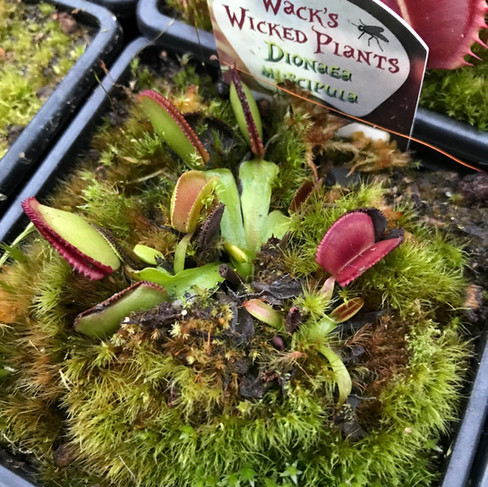


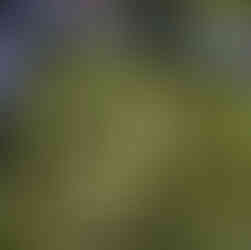







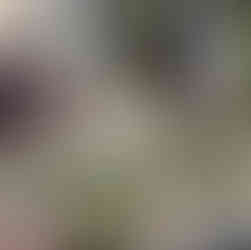












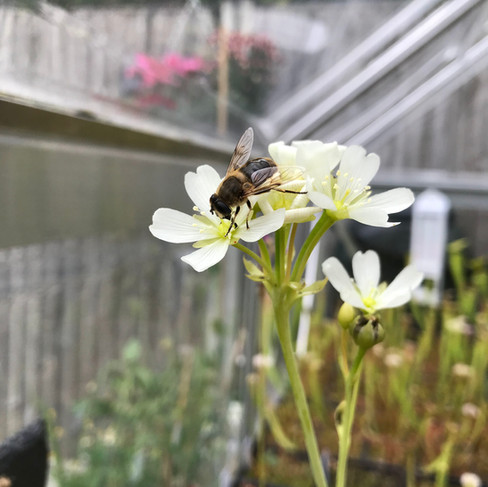

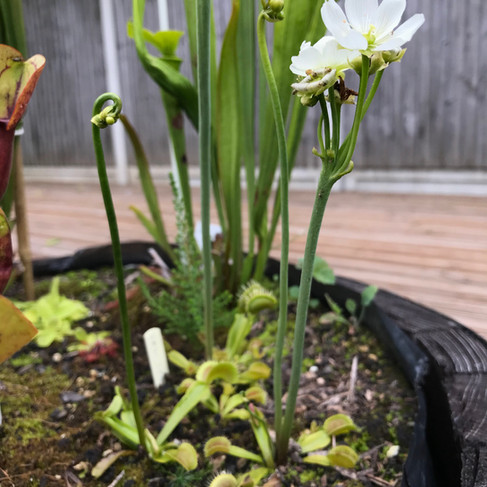


































Comments